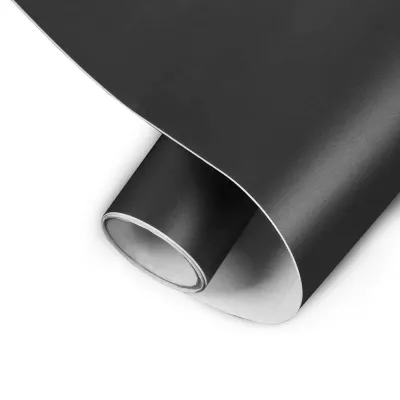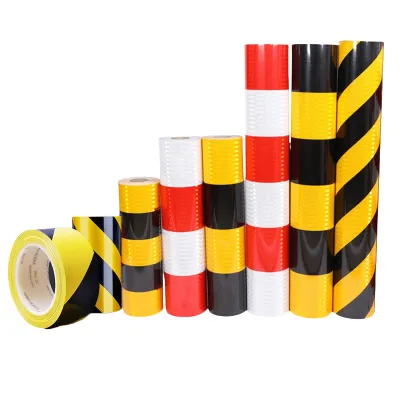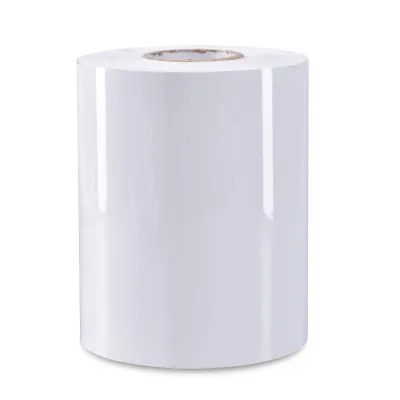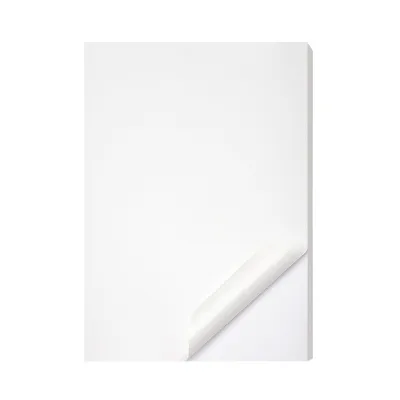Designing High-Temperature Resistant Labels
Sticker labels play a crucial role in various industries, providing essential information and identification for products. However, in high-temperature environments, standard labels may fail to withstand the extreme conditions, leading to illegible or damaged labels. To address this challenge, designing high-temperature resistant labels has become a critical focus for the sticker label industry.
The Importance of High-Temperature Resistance
In industries such as automotive, aerospace, electronics, and chemical, products are often subjected to elevated temperatures during manufacturing, transportation, or usage. Standard labels, which are typically designed for normal environmental conditions, cannot withstand the extreme heat, resulting in label degradation, fading, or detachment. High-temperature resistant labels are essential to ensure that vital information, warnings, and identification remain intact and readable, even in harsh conditions.
Materials for High-Temperature Resistance
Designing labels that can endure high temperatures requires careful selection of materials. Several options are available:
1. Thermal Transfer Labels: These labels are made from a specialized polyester material that can withstand temperatures up to 300°C. The labels are printed using a thermal transfer printer, which transfers the ink onto the label using heat. This printing method ensures durability and resistance to extreme temperatures.
2. Ceramic Labels: Ceramic labels are manufactured using a ceramic-based material that can tolerate temperatures exceeding 1000°C. These labels are typically used in industries such as metalworking, where extremely high temperatures are common. The ceramic material provides excellent resistance to heat, chemicals, and abrasion, ensuring long-lasting legibility.
3. Metal Labels: Metal labels, often made from aluminum or stainless steel, are known for their exceptional durability and resistance to high temperatures. These labels can withstand temperatures up to 600°C and are commonly used in applications such as industrial machinery, boilers, and furnaces.
Label Adhesives for High-Temperature Applications
Choosing the right adhesive is crucial to ensure that labels remain securely attached even in high-temperature environments. Here are some adhesive options:
1. Silicone Adhesive: Silicone-based adhesives are widely used for high-temperature applications due to their excellent resistance to heat, chemicals, and UV radiation. These adhesives maintain their bond strength and integrity even at elevated temperatures, making them ideal for long-term labeling in extreme conditions.
2. Acrylic Adhesive: Acrylic adhesives offer good resistance to high temperatures and provide a strong bond on various surfaces. They are commonly used in automotive and electronics industries, where labels must endure elevated temperatures without compromising adhesion.
Label Design Considerations
When designing high-temperature resistant labels, several factors should be taken into account:
1. Font and Text Size: Labels should have legible fonts and appropriately sized text to ensure readability even in high-temperature environments. Consider using bold fonts and larger text sizes to enhance visibility.
2. Color Contrast: Labels should have high color contrast between the text and background to improve readability. Using dark text on a light background or vice versa can enhance visibility, even in extreme conditions.
3. Graphic Symbols: Incorporating graphic symbols and pictograms can help convey information effectively, especially when text readability is compromised. Symbols should be clear and concise, providing intuitive guidance to users.
Conclusion
Designing high-temperature resistant labels is crucial for industries where extreme heat is a common factor. By selecting suitable materials, adhesives, and considering design factors such as legibility and color contrast, sticker label manufacturers can provide durable and reliable labels that withstand harsh conditions. With these specialized labels, industries can ensure accurate information, identification, and warnings, contributing to safety and efficiency in high-temperature environments.
We offer comprehensive technical support, including free professional labeling solutions, advice on label materials and adhesive selection, as well as online/offline assistance from professional software and hardware engineers. Service email: andy@ownlikes.cn. In pre-sales, we leverage our extensive experience in specialty labeling projects to provide clients with the most suitable hardware solutions. Additionally, all our label barcode printers and scanners come with a three-year free warranty, demonstrating our confidence in our products.




